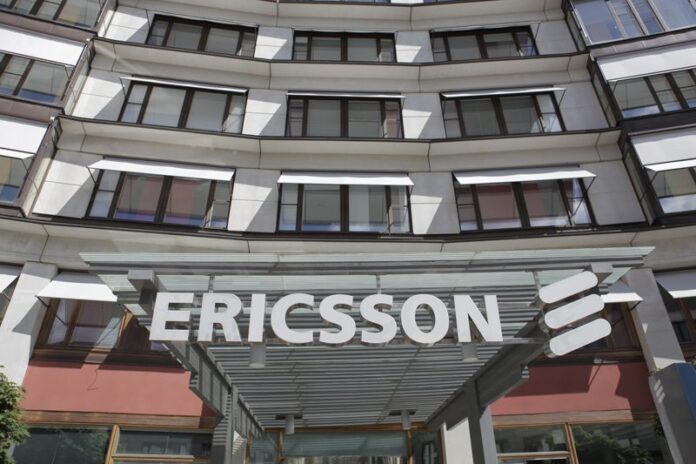We must ‘rewire’ our brains for what we use cellular for, says Ericsson’s head of 5G marketing, North America
RCR Wireless News caught up with Ericsson’s Peter Linder, head of 5G marketing, North America, to discuss what sets 5G apart from previous generations of cellular technology, beyond the blazing fast speeds.
Q: What are some of the most crucial things to understand about the global shift to 5G?
The first this is how fast the shift to 5G is going to be. There are two things you can point to that [are] significant in understanding that. One, when 4G was rolled out, there were four operators in the world that offered it the first year. With 5G, [the U.S.] alone has 24 live networks. The buildout of the networks is happening a lot earlier in the cycle than it did for 4G across the globe. Second, smartphones and handsets compatible with 5G are coming to market a lot earlier.
The traffic growth that we see in North America was at 8.6 gigabits per user last year, and we expect that to grow to 45 gigabits by 2025, so we have a sustained traffic growth of 34% in North America. We will end up a lot higher than any other region.
Why is that happening? We have a very smart, savvy market in combination with a very strong media and entertainment sector, so we see that when we give users more powerful networks with more capacity, that capacity will be used.
Q: What are some factors that dictate a country’s success in rolling out 5G networks?
You have to create the favorable environment for rolling out 5G, which is essentially having your allocated spectrum, so that there is spectrum for high-, mid- and low-band that can be used for 5G services. You have to also secure the policies and frameworks that need to be in place to support the buildout of smaller cells. In the U.S., for example, you’re talking ballpark 300,000 towers in the country […] and over the next 10 years we are adding more […] small cells. That involves policies, and it is important to have those policies in place.
Q: In what ways is 5G changing the way that networks are designed, deployed and managed?
There is a great deal of education that needs to take place to get everyone to understand what 5G is and what it could be, because it is very learning intensive. When 4G came, we had pioneered the smartphone concept over 3G, so it was essentially just taking that concept and adding a 4G network and then ramping and scaling like crazy.
With 5G, there is a lot more variety in what can be done. We’re doing fixed and mobile, we’re doing consumer and business, we’re doing low-band, mid-band, high-band in terms of the frequencies. People will be learning by doing. You can’t really go and read about the perfect business plan for 5G and go execute it. You have to dip your toes into it quite a bit.
Engaging with 5G means three different things: Delivering coverage nationwide, that’s what we can do with low-band; coverage for capacity and metro areas, which can be done with mid-band; and connectivity in specific zones, where the zone is bigger than a hot spot, but smaller than a city, where high-band comes into play. The same way we have some roads that have one lane, some that have two and others that have four. Just because you’ re traveling on a single lane road doesn’t meant that it’s bad because perhaps you didn’t need four lanes. We call all of this 5G, but there are different natures of 5G.
4G, on the other hands, was very uniform — two-lane roads everywhere. Now it’s expanding both up and down and if you’re not working in the networking industry, it can be a challenge to see what that means.
If you’re not aware of that, you can end up with the wrong kind of expectations. Rewiring our brains for what we use cellular for and what we use Wi-Fi for, is something we’re going to see down the road as the borders between the two technologies change.
Q: Can you provide a quick update on the timeline for 5G devices?
There is so much momentum on the device and terminal-side, so things are coming to market in more variants on the device side. The supply side of the ecosystem is gearing up in a bigger way than we’ve seen in the past. You’ll see early adopters suppling 5G devices this year, and then you’ll see more materials in 2021, and in 2022, Ericsson expects the number of 5G subscriptions to be bigger than 4G subscriptions in the U.S.
Q: What will the relationship between 4G LTE and 5G look like? For how many years will the two coexist?
4G and 5G will go exist longer than they did in the past, because there will be massive IoT applications that are going to leverage 4G for quite some time. There are going to be locations where you have 4G, 5G, and Wi-Fi. Perhaps you don’t pay extra for the 4G or Wi-Fi, but you pay a bit extra for the 5G. More business models will have to be developed to accommodate this.

